How to apply
To apply, please contact us to register interest and discuss your application. You can do this by;email at farming@solwaycoastaonb.org.uk orby phone on 016973 33055. You will then need to complete an application form. Multi-year awards are possible for longer projects. All projects must end by March 2026. We would be happy to discuss your ideas with you, […]
Eligibility
The Farming in Protected Landscapes programme is open to all farmers and land managers (including from the private, public and charity sector) in a National Park, National Landscape or the Norfolk Broads – or where activity on the ground can bring benefit to one or more of those areas. You must manage all the land […]
What the programme will fund
The Farming in Protected Landscapes Programme will pay for projects that, in the opinion of the Local Assessment Panel (see ‘Application assessment’ below) provide value for money and meet at least one of the outcomes listed below, under four themes. Nature outcomes There is a greater area of habitat improved for biodiversity There is an […]
Farming in Protected Landscapes
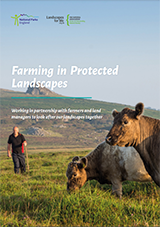
Protected Landscapes – our National Parks and National Landscapes – are special and unique places. They are living, working landscapes that also support a huge range of habitats and species, and they are enjoyed by millions of people every year. By supporting the farmers, land managers and people who live and work in these areas, […]
Joint Advisory Committee (JAC)
The Joint Advisory Committee (JAC) is made up of representatives from both statutory and voluntary organisations with the aim of managing and securing resources for the Solway Coast National Landscape. The JAC works with Government’s Department of Environment, Food and Rural Affairs (Defra) and the Solway Coast’s staff team to develop five-year management plans to […]
Projects
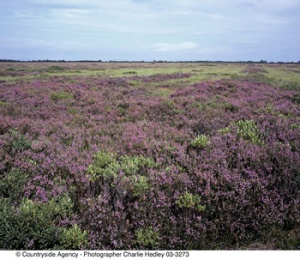
The team at the Solway Coast Area National Landscape is involved in a number of projects – some of which we deliver on our own, with others carried out with a host of valued partners. Working with other organisations means we can make an even more significant and sustained impact on this very special environment […]
Managing for the future
What is a National Landscape
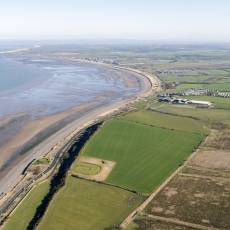
The National Landscape, abbreviated to NL, is a precious landscape with such a distinctive character and natural beauty that it is in the nation’s interest to safeguard it. National landscapes range from rugged coastline, dunes, salt marshes, peatlands, woodlands and estuaries to water meadows, gentle downland and upland moors. The Solway Coast National Landscape was […]
Tourism
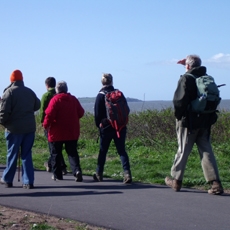
It’s no wonder that tourists have been coming to what is now the Solway Coast National Landscape for hundreds of years. With its stunning views, huge expanses of space, lovely towns and villages and proximity to two World Heritage Sites in Hadrian’s Wall and the Lake District, it’s an amazing place to visit. The Victorians played a huge […]
Fishing
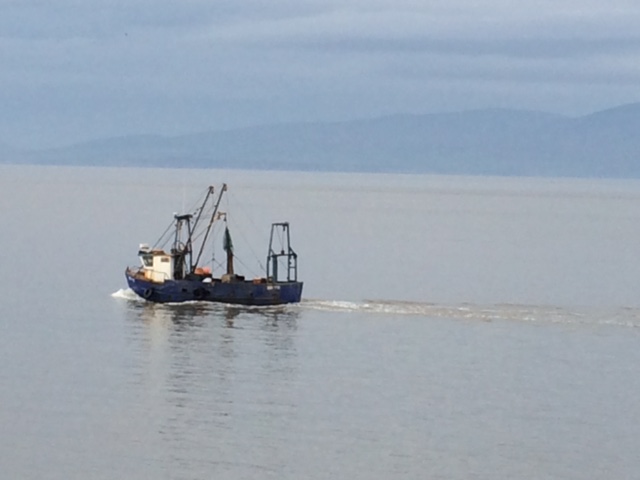
There has been a fishing industry in the Solway Firth for centuries. Today, the commercial operations are largely confined to boats sailing out of the harbours of Maryport and Silloth with plaice, skate and whitefish their primary catch. But there are more varieties to look out for around the Solway Coast National Landscape. The Firth’s […]
